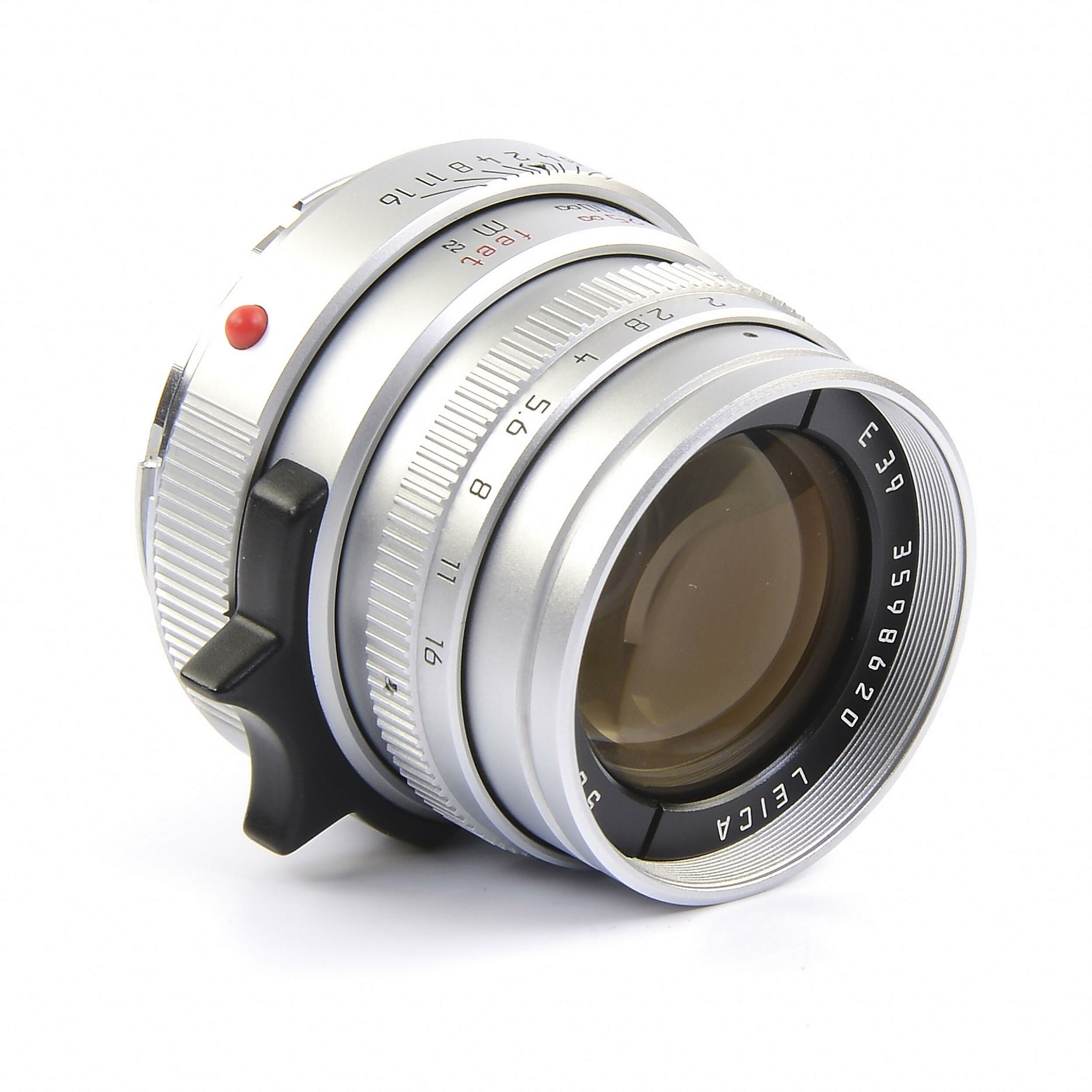- Leica 50mm 3.5 Elmar Review
- Leica Elmar 50mm Serial Numbers List
- Leica Elmar Lens
- Leica Elmar 50mm 2.8 Review
- Leica Elmar 50mm Serial Numbers Lookup
One of the cameras included here, Leica serial number 150, began life as an ultra-rare Leica I (Model A) with 50mm f/3.5 Leitz Anastigmat lens and us now a gorgeous black finished Leica IIIa UMBAU—still a rare and valuable collector’s item but probably worth a lot less after the conversion. The database of Leica lens serial numbers will only show 100 records at a time, unless you click on ShowAll. Summicron 28mm 35mm 50mm serial numbers. If you want to search for Elmarit 28mm serial numbers for example, simply put “Elmarit” Under lens family and then “28” in the focal length search area and it will. Leica camera not included! This is an early 3.5/50mm Elmar lens. Its serial number (293315) indicates it was produced in Germany in 1934. The elmar is an adventurous, go anywhere do anything lens and it's the correct standard lens for most Leica cameras produced before and during WWII.
S/N Links
Stephen Gandymaintains a excellent www site with Leica serial numbers ofcameras & lenses sorted into models and dates:
<cameraquest.com/classics.htm>
After this long page has loaded, do a search (or scroll down half way) tofind the 'Leica Serial Numbers' heading in red. There you will find 5 separatelinks to serial number pages. Eg., this is the particular link tothe M & R SLR camera bodies S/N page:
<cameraquest.com/leicanum.htm>
While the following shows a list of the exact date of manufacture(to the month) for each batch of Ms (until 1999):
<cameraquest.com/mtype.htm>
Leica 50mm 3.5 Elmar Review
If you are just looking for lens serial numbers / date of manufacture, then you may find it faster to look at this page:
<forloren.dk/lbf/leica_lens_serial.htm>
Leica Elmar 50mm Serial Numbers List

S/N are a guide only
Please note: you should always take these serial number lists to be only a rough guide to the year of manufacture, especially for cameras andlenses made after 1993. As noted by Jerry Pfilein May 2002:
[…] Leica does not make production in 'blocks' of bodies or lenses. Rather they allocate blocks of serial numbers to certain items e.g. the M7. As an example they may have allocated a block of 10,000 serial numbers for the first M7s. At the same time they may have allocated the next 3,000 numbers to R8s. But they may be producing both the R8 and the M7 at the same time. Whichever body runs out of serial numbers first just gets a new allocation of serial numbers and production may or may not continue based on demand.
The practical effect is that the next body out the door is not necessarily one serial number higher than the next as multiple items are produced at the same time. Sometimes blocks allocated to one item are not used wholly for that item and instances of an entirely different item than the block was initially allocated to are discovered.
The system works the same way with lenses although the lack of any serial number/time of production sequence is even more pronounced due to the greater number of individual lens types.
Leica Elmar Lens
As an example of this I have a 100mm Macro APO-Elmarit R with aserial number which, according the # lists, predates the first actual year of production!
Years of manufacture
If you are wondering about how many years each model was made, the have a lookat the following threads at the Leica Forum at greenspun.com:
- <Greenspun.com: #006wqm> - M models, years of manufacture
- <Greenspun.com: #006wrM> - R models (ditto)
Leica Elmar 50mm 2.8 Review

Leica Elmar 50mm Serial Numbers Lookup
For the record, the M6 (and its variants) were the longest camera in productionat seventeen years, while the R6(.2) is the longest life-span R at thirteen years.